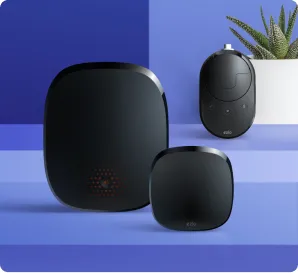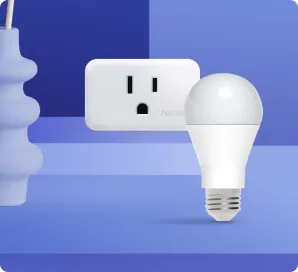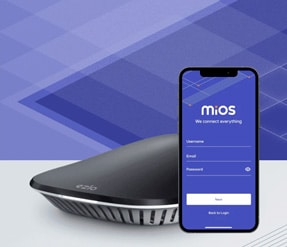Smart thermostats have been in the market for a while. If you are considering a smart thermostat for your home, there is a lot to choose from in the market. A smart thermostat can significantly improve an HVAC unit’s performance and reduce your cooling or heating bills.
The Best Smart Home Thermostat Features
Today, there are many types of smart thermostats from different companies. Each of these can connect to any automated home network. With this type of smart temperature control, you can schedule your heating and cooling to ensure your AC runs when you need it to, in the conditions you prefer, whether you are home or not.
According to research, you can save up to 12% in heating bills and 15% on cooling bills with an ideal smart thermostat running on a smart system such as Vera. Even so, there are other reasons to get smart thermostats other than the ability to save money. Smart thermostats come with a new age look and better features. Most smart thermostats today can provide weather forecast features and even alerts on recommended cooling or heating patterns.
To enjoy the benefits associated with using a smart thermostat, you need to ensure you invest in the right one. Here is what to look for in the best smart thermostats.
Ability to create an algorithm
The best smart thermostat should be able to save your settings whenever you adjust the temperature in your home. If you are using sensors, you can set your thermostat to adjust the temperature in your home based on your location from anywhere using a smart device. Vera programmed thermostats can read your patterns and temperature preferences. This way, this system can adjust the temperature to the preferred settings even when you are away from home. This will significantly lower your energy usage.
This benefit allows you to enjoy the freedom that comes with setting parameters of your preferred temperature control schedule and having a thermostat that adapts to these changes and routines.
Climate zoning
If your HVAC struggles to regulate the temperature in your home because of your home’s big size, you need to invest in a smart thermostat with zoning system capabilities. A smart thermostat makes it possible for you to regulate the temperature in different rooms to meet the diverse user needs. This way, your bedroom can be warm while your sitting room remains cool.
Smart thermostats that support climate zoning are the solution to avoid wasting heating or cooling energy in unused rooms. Whenever a given room in the house requires heating, the valves open to this room to allow hot water to reach the radiators. If heat is not needed, the valves do not open and thus prevent unrequired heating.
The communication protocols
The success of any smart home system is its ability to communicate with other smart devices. There are numerous protocols in the market, including Z-Wave and Zigbee and even Bluetooth and Wi-Fi. The thermostat you invest in will probably be an addition to an existent smart home network. Therefore, it needs to be compatible with the current network.
When you have an integrated system, you are able to control the smart thermostat with the smart home in-app. If you prefer to use a thermostat that does not use an internet connection, ensure you have the right hub in place.
By taking the time to consider how the setup will work, you ensure you get the right thermostat for your needs, thus avoiding wastage of money on incompatible thermostats.
Energy reports, geofencing and remote sensors
When looking for the best smart thermostat in the market, a feature such as geofencing cannot be overlooked. Geofencing allows your smart system to sense when you are almost home through a cell device and starts to heat or cool your home to meet your preferences.
If you prefer not to tether thermostat features to your cell device, you can invest in motion sensors. Some smart thermostats use proximity sensors to turn your AC on or off when you are coming home or going out.
Some Wi-Fi thermostats are created with the ability to deliver in-app energy reports. If you prefer to analyze and use such reports, consider a thermostat with this feature.
Whatever your needs are, always consider additional features that can enhance your smart thermostat user experience.
Mobile compatibility
If you choose to go for a Wi-Fi thermostat, it would be best to go for one that can be controlled from your smart device. Ensure the thermostat is compatible with your type of mobile device. While this may seem obvious, most people end up with the wrong thermostat for their mobile devices. If you are using an android phone, be careful not to get an i-OS compatible thermostat and vice versa.
Voice control
When shopping for smart thermostats, one of the most important aspects to consider is whether it can use your smart home hub. Whether you prefer Siri, Alexa, or Vera, your favorite digital assistant should be able to control your home’s temperature through voice commands.
Conclusion
The features listed above are the most important to consider when looking up the best features for smart thermostats. With the best smart thermostat in the market, you will never again have to worry about temperature control in your home.


















